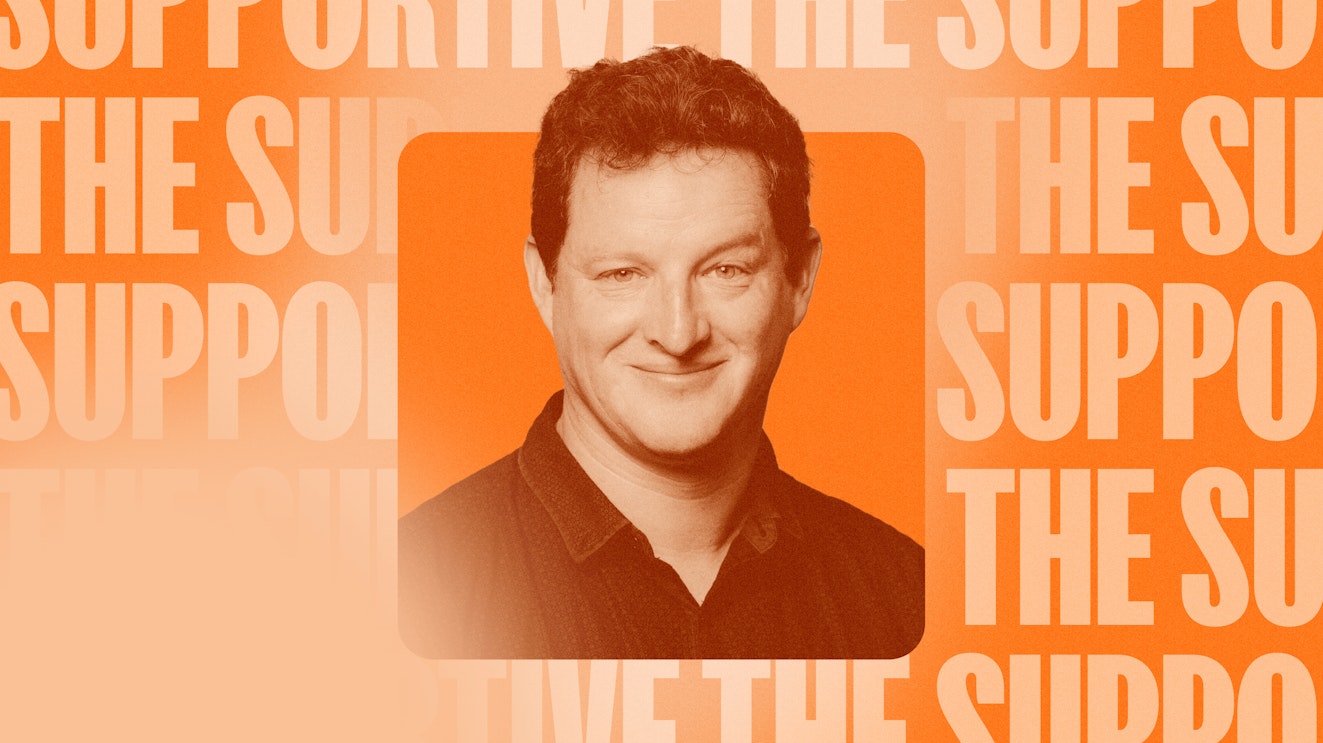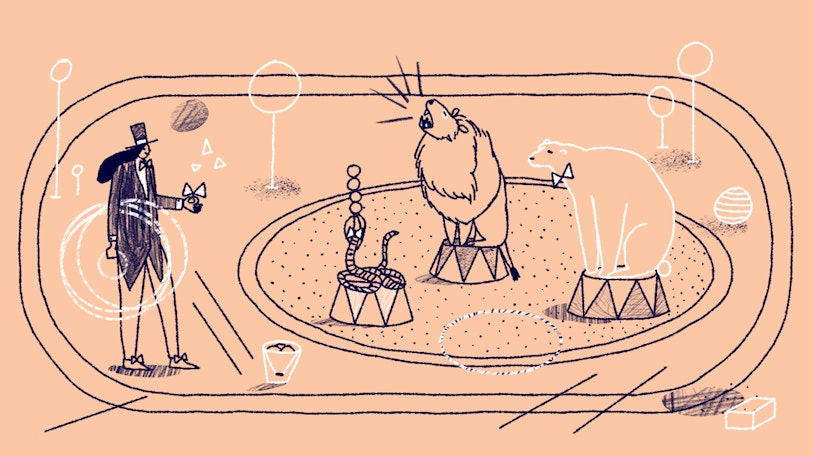William Chaloner was a talented man (in the Mr. Ripley sense, at least). In the latter half of the 17th century in England, Chaloner counterfeited coins and banknotes, sold snake oil, and got paid to “solve” robberies he had committed himself.
It was said of Chaloner that he had “the best knack at Tongue-pudding,” referring to his ability to persuade through verbal agility(1). After a long and preposterously prosperous career as a con artist, it took Isaac Newton to catch Chaloner, who was eventually hanged.
This Could Have Been an Email
This article first appeared in The Supportive Weekly, Mat's email newsletter for anyone who wants to create better customer experiences. Subscribe now...it's not boring!

Con artists’ ability to charm, convince, and deceive can fascinate us (see also: murder podcasts), but they do immense harm. Creating confidence in others is a legitimate skill; abusing that confidence to scam people is the problem.
Much of our work requires confidence building. Consider the person who won’t take the necessary steps to solve a problem because they don’t trust customer service teams. Or the student who has to be convinced of their own capabilities before they will let themselves risk really trying.
What comes out as anger from customers is often rooted in fear(2) — fear of failure, of wasted money, of disappointment, or of being ignored or forgotten. Quality service includes giving people reasons to trust that wrongs will be righted, results achieved, and mistakes need not be fatal.
On the other hand, overconfidence can also cause problems, like the people who just know how easy it would be to “fix” an issue or how much it should cost. Unable to comprehend the truth, they need their confidence carefully clipped like a prize-winning poodle before they will be willing to listen.
Before you rush to an answer, re-read the question and consider whether this person is ready to hear it or if they still need reasons to believe. Don’t try to put everything in the square hole.
For more on the role of confidence for customer service professionals, listen to this bonus audio clip.
1. It is also a recipe that I am personally in no rush to try.
2. For many people, anger is a more socially acceptable emotion to display than fear. This is bad.










